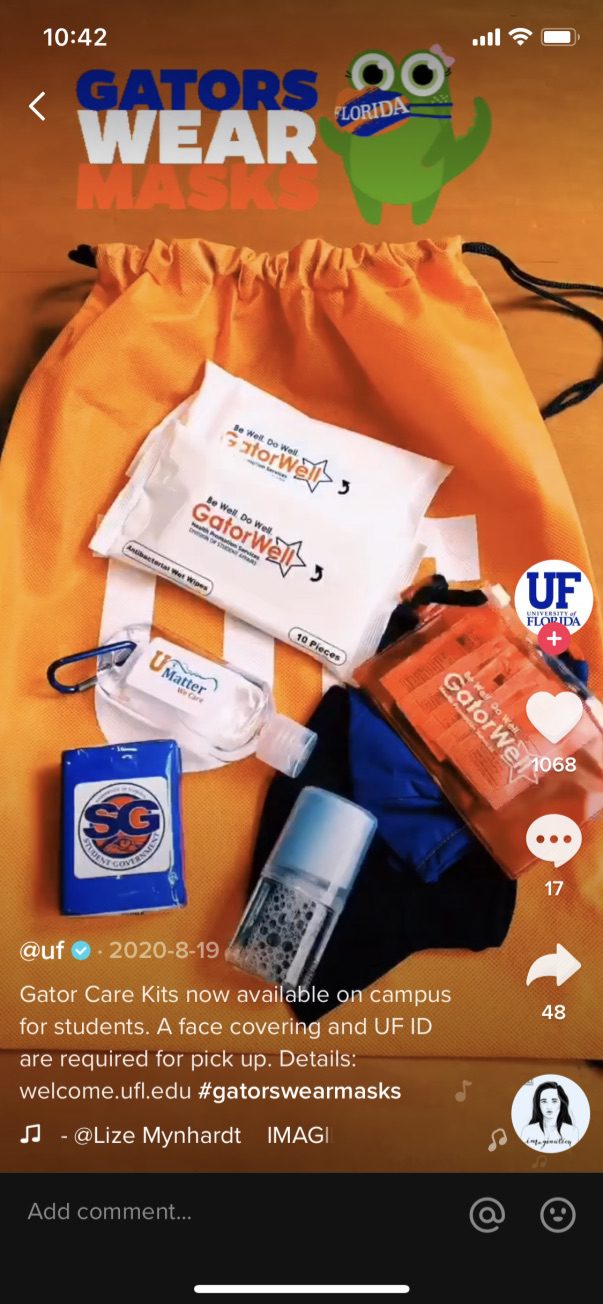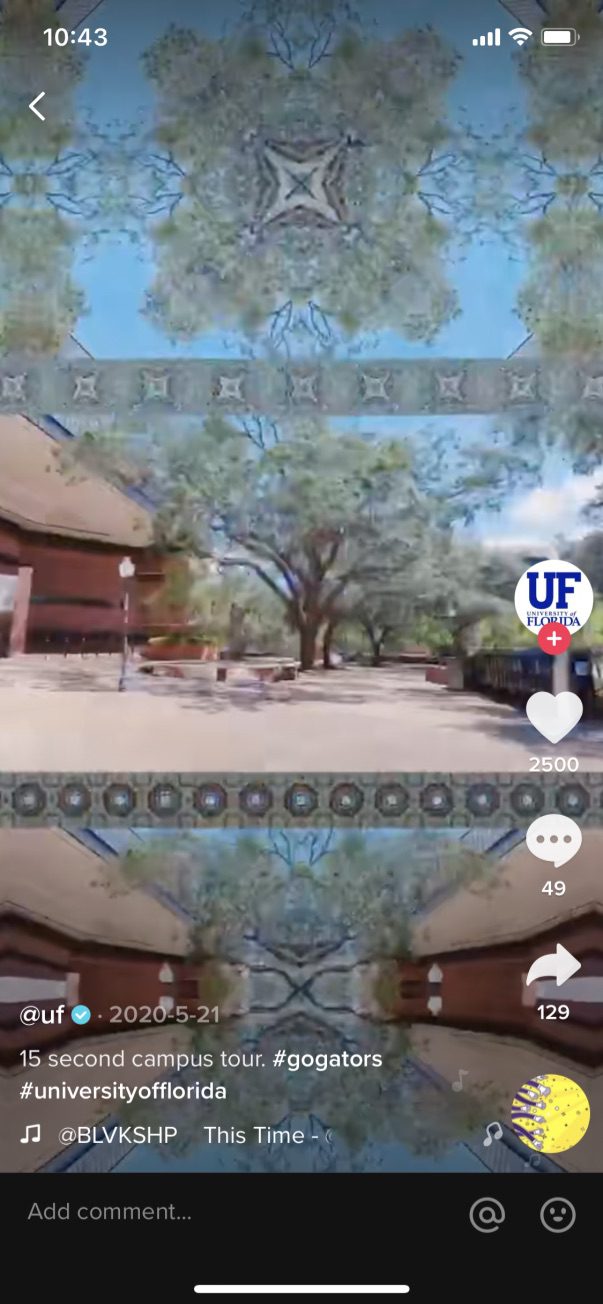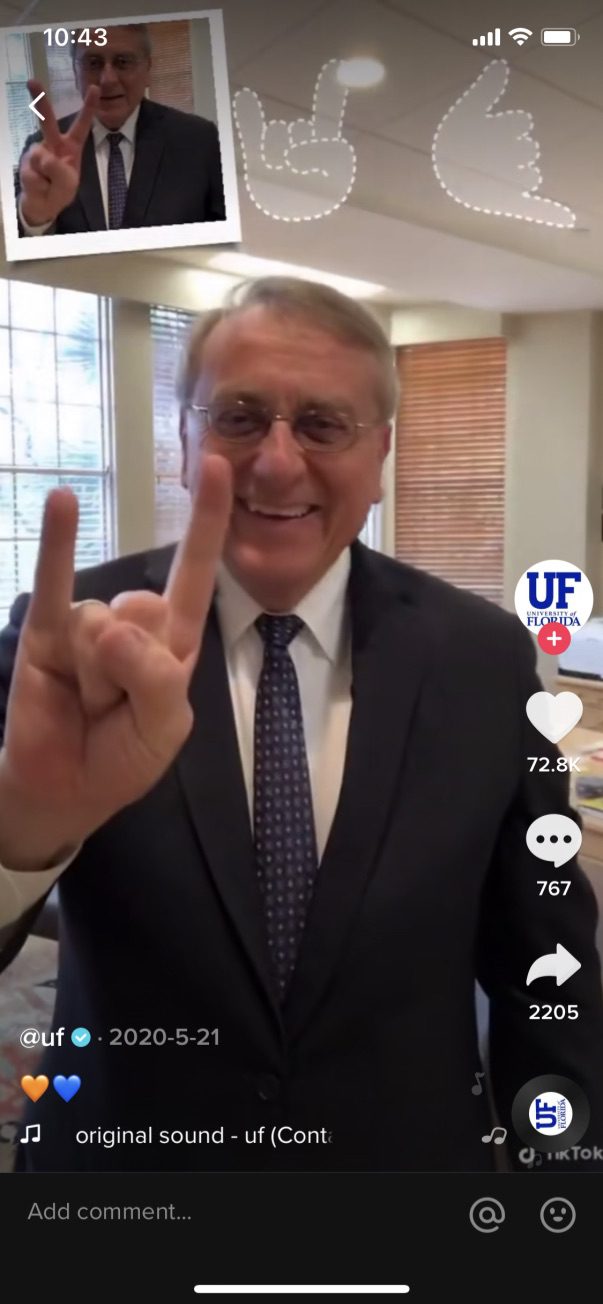We all know that in today’s rapidly changing world, marketers–especially those working with younger populations–have to adapt to new digital platforms, or risk irrelevance. This is especially true in higher ed, where choosing an undergraduate or graduate experience is a major life decision for students.
Increasingly, members of Gen Z now seeking undergraduate and graduate degrees are trending toward expecting the same seamless, mobile-first experience when interacting with a prospective university as they would with any other business that prioritizes innovative user experiences (like streaming services and online retail). And in five years down the road when colleges start marketing to Gen A, they will never have known any other reality. Here are a few ways higher ed recruitment and admissions can meet these students where they are today as well as where they’re going, including ways to use CRM, in order to strengthen connections and attract motivated students.
Think mobile-first.
Though it may be hard to believe for some, we know that for the past several years, the majority of website visits in the US happened on mobile devices. Institutions should be making it easy for students to learn about their school, apply, and navigate the acceptance and enrollment process on mobile.
CRM landing pages are inherently designed to be mobile-optimized, and allow third-party integrations with relevant social channels such as Facebook and Instagram. These are all great tools to track user behavior and interests.
Many Gen Z students put mobile-first forms of communication like texting or even Instagram on equal footing with more formal channels like email. Forward-thinking institutions are already using these types of new digital communication with applicants and students, and your university should similarly consider making communications easier and more accessible to students by meeting them in the channels where they already are.
One example of a mobile-first marketing strategy that keeps up with new technologies is the University of Florida’s TikTok account, meeting prospective Gen Z students where they are–in their TikTok feeds. The school posts all kinds of content, from Covid safety awareness to campus tours and funny cameos from the university president.



Make the student experience seamless.
A neat capability of CRM software, when used as part of an overall marketing strategy, is administrators’ ability to use data on students and prospective students to identify pain points and make the experience of interacting with your university seamless.
One example of intelligently using CRM data to help promote an easier applicant experience is an organization that realized many of its high school students weren’t able to come to interviews because they didn’t have reliable transportation. The organization used its rich CRM data to figure out which students lived near each other and organize carpool groups, improving student outcomes and application numbers.
The only constant is change.
It’s not enough to adapt to today’s technologies–when it comes to higher education, we have to always be innovating. We have a unique privilege in every year working with groups of young people that will always bring the latest digital knowledge with them, and so we also have the responsibility to serve these populations with accessible content.
While learning TikTok is great in the short term, in the long term, universities should commit to constantly learning and trying new digital platforms to see what works, and staying abreast of how prospective students use technology to connect with them there.
Does this seem like a lot to manage? Viv Higher Ed has CRM and content marketing experts on our full-service team who can help your school leverage the power of transformative CRM to achieve your goals. Contact us today for a free consult and see how we can help. Schedule a consult now.
